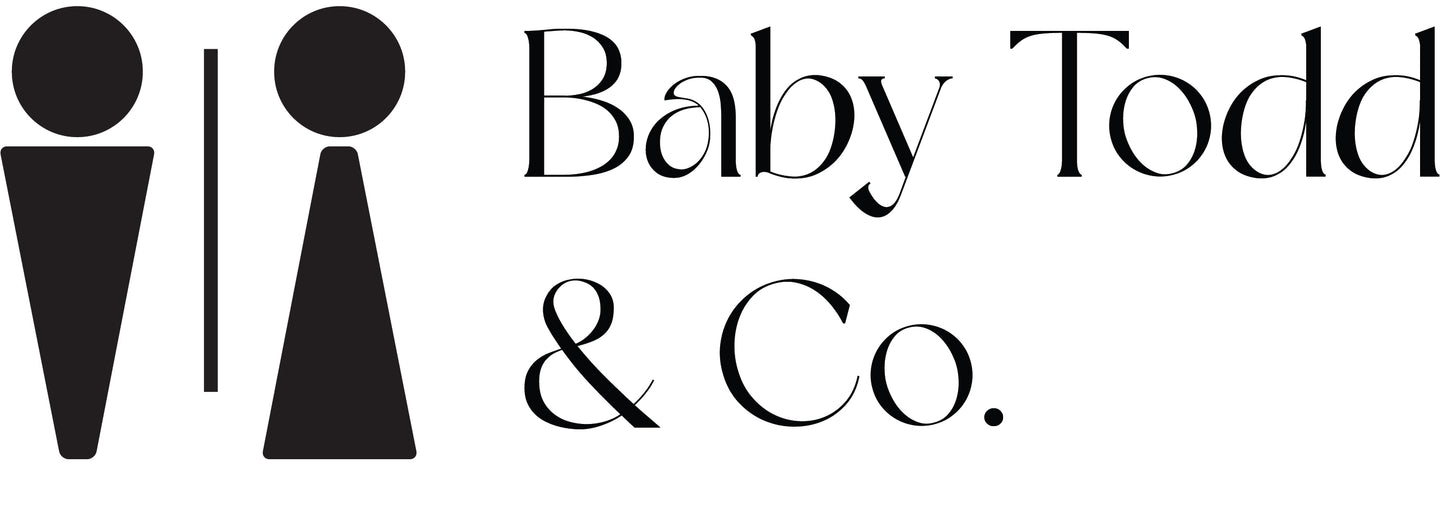Bamboo is increasingly gaining popularity in the fabric market, and for good reason! Its remarkable qualities—super soft, hypoallergenic, breathable, and long-lasting—make it an excellent pick. Not only does bamboo keep you cool in the summer and warm in the winter - better than many natural fabrics like wool, hemp, and cotton, but it’s also lightweight and silky-smooth. These properties make it perfect for families’ summer clothing, bedroom linens, and bathroom fabric.
However, not all bamboo fabrics are created equal. They come under various names, such as rayon, viscose, or simply 100% bamboo, which can be confusing. The differences lie in their manufacturing processes.

What Makes Bamboo Fabric Special?
Bamboo fabric is like a gentle breeze for your body, thanks to tiny holes that allow airflow, helping regulate your body temperature. This fabric also excels in moisture absorption, ensuring you stay comfortable and dry. Its natural antibacterial properties help reduce odours, even after multiple washes.
Bamboo fabric is made by breaking down the fibres into tiny bits before spinning them into threads—a process that uses less energy compared to traditional synthetic fabric production methods like polyester or nylon.
These threads are then woven together to create a strong, versatile material that can be fashioned into any clothing item you desire. This fabric has a distinct surface similar to cashmere or cotton and is why Baby Todd & Co. have chosen bamboo to headline their collection.
The Uniqueness & Benefits of Bamboo Fabric
Bamboo fabric is made from the pulp of bamboo plants, ground down into fine fibres. These fibres are used to weave fabrics like linen, twill, or satin. The lightweight feel and breathability of bamboo fabric make it perfect for regulating temperature in both hot and cold weather. This fabric’s antibacterial properties and durability make it ideal for clothing. It is comfortable, eco-friendly, biodegradable, budget-friendly, and resistant to odours, making it an all-around excellent choice.

Is Bamboo Sustainable?
Bamboo is a game-changer in sustainable fabrics, offering an eco-friendly alternative to cotton. While cotton plants require a lot of water and chemical fertilisers, bamboo trees have natural antimicrobial properties that help ward off bacteria, fungi, and pests. The bamboo fabric manufacturing process uses less water and chemicals than other processes, making it an environmentally sustainable option.
The resulting fabric we source for Baby Todd & Co. feels like silk or fine cotton but is twice as strong as polyester. Our bamboo fabric is highly absorbent, keeping you cool in the heat and cozy in the cold. Its breathability makes it perfect for activewear in Australian climates, as it stays fresher for longer due to its resistance to bacteria.
The Process of Making Bamboo Fabric
Our bamboo, sourced from sustainable Chinese bamboo forests are carefully managed, and new shoots are marked with a year code to ensure they are harvested at the right maturity.
Once harvested, our bamboo is taken to mills where it is crushed and submerged in a strong solution of sodium hydroxide, which dissolves the bamboo cellulose. The addition of carbon disulfide renders the mix ready to regenerate fibres, which are then drawn off, washed, bleached, and dried. Our bamboo is then passed through machines designed to strip away the outer skin, leaving only the soft inner fibre or bamboo cellulose. This fibre undergoes heat treatment to make it flexible enough to be spun into fine threads using spinning machines and spindles.
The resultant fluff is spun into yarn, which has excellent durability due to its long staple and high tensile strength and the fibre's hollow composition enhances absorbency and colour retention, making it perfect for our bamboo clothing. Chemical processes like knitting can create different textures with added stretch and breathability.

There are several methods of finishing bamboo fabric – however, at Baby Todd & Co. we have chosen to blend our premium bamboo with 5% spandex for a timeless, comfortable fit with a little extra stretch to support movement and activity. Check out our blog on Baby Clothing and its Importance in Baby Development - linked below.
As consumers (and parents) become more aware of environmental impact, the demand for sustainable alternatives like bamboo fabric continues to increase. By choosing bamboo, we support an industry that prioritizes ecological balance and resource efficiency.
Incorporating bamboo fabric into our daily lives enhances our comfort and health and contributes to the preservation of our planet.
CONTENT CREDITS
The Difference Between Bamboo Rayon vs Bamboo Viscose vs 100% Bamboo vs Lyocell
Know Your Fabrics: What is Bamboo Fabric? And How Bamboo Fabric is Made



